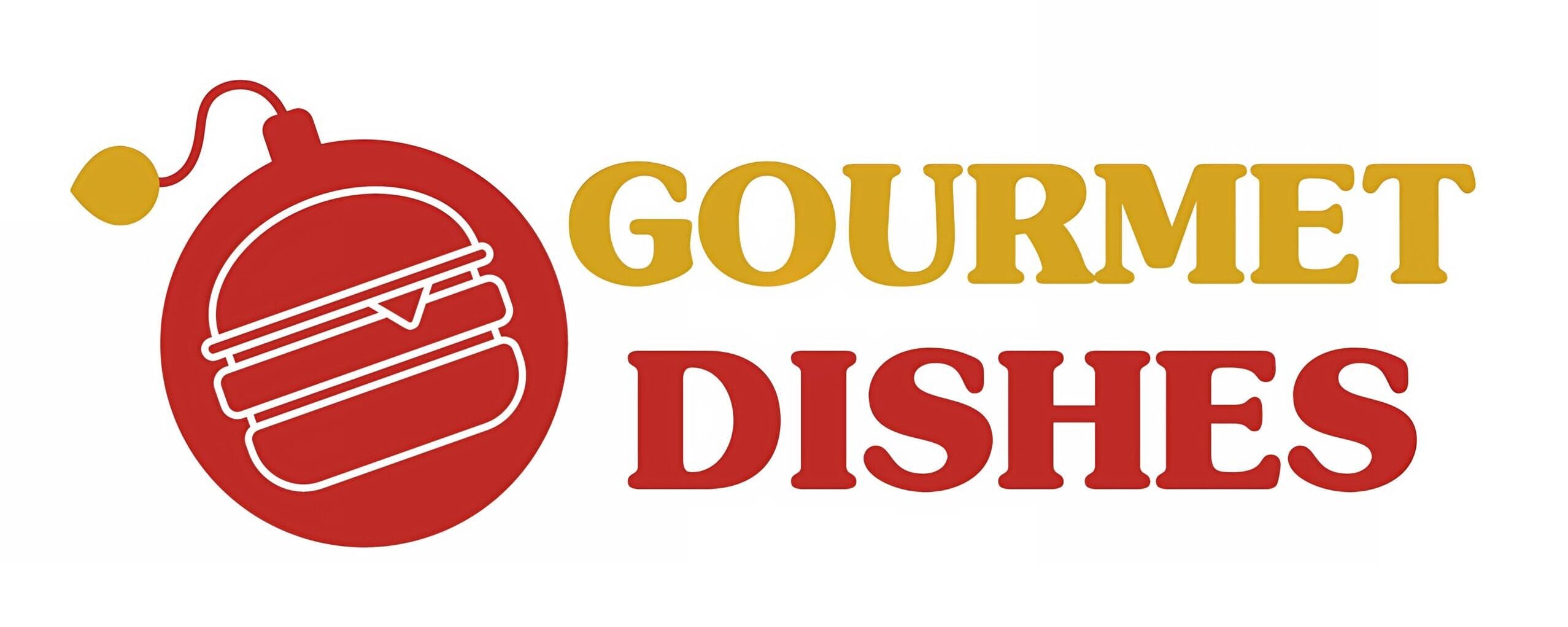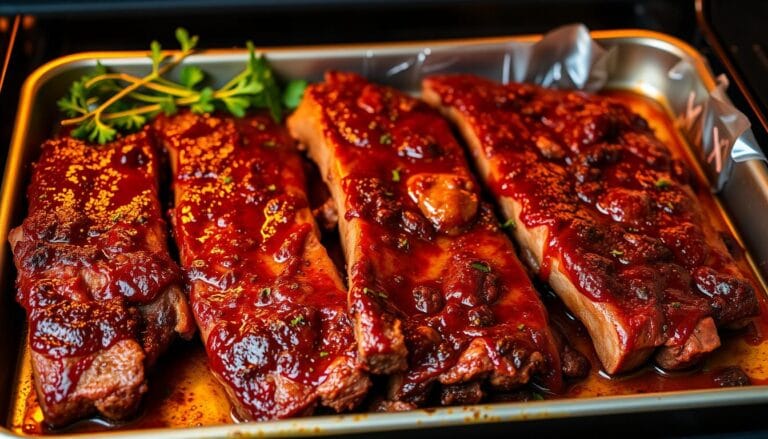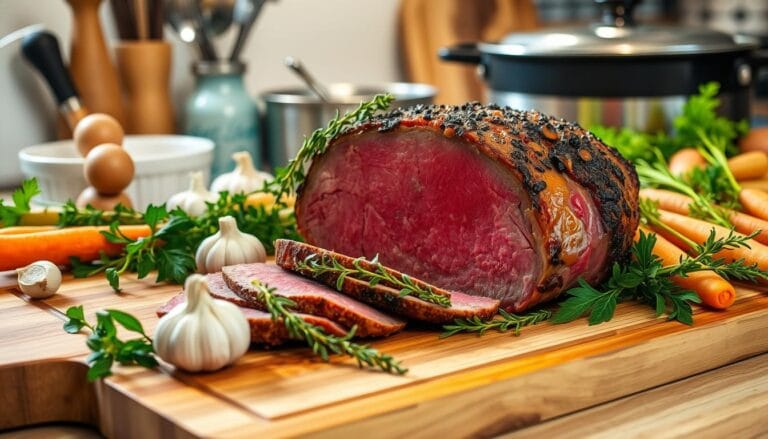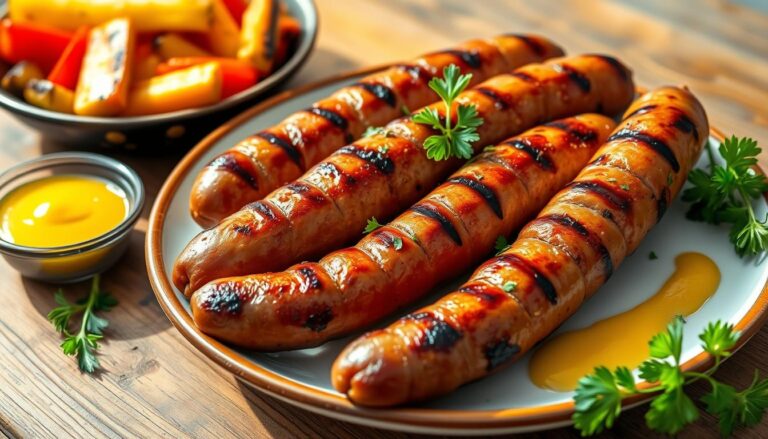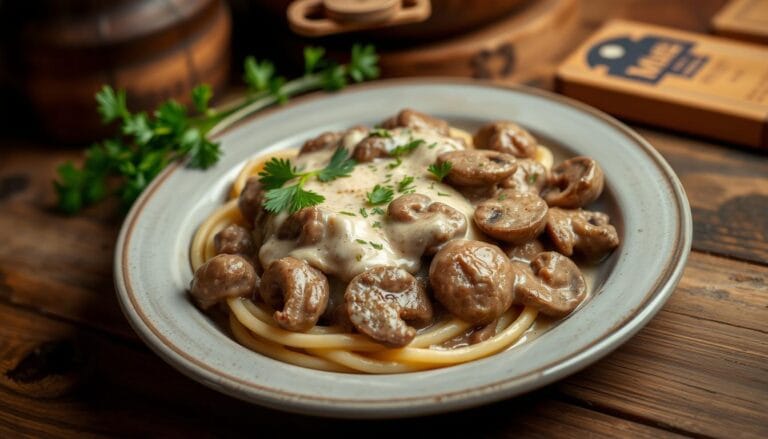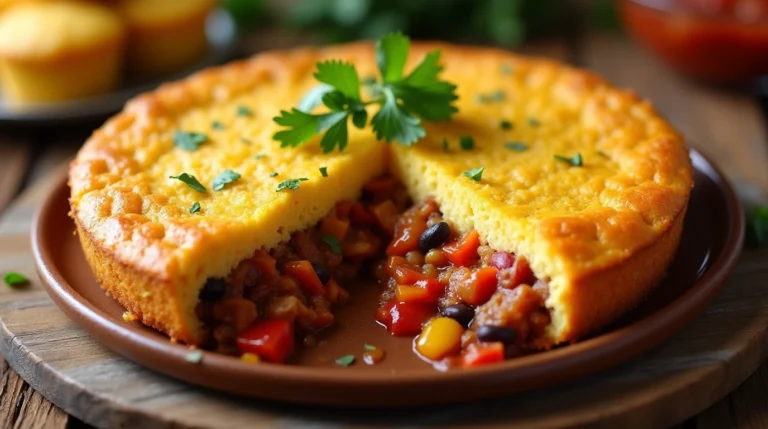Mouth-Watering Grilled Beef Ribs for Your Next Cookout
Imagine the smell of smoked beef ribs filling the air. It makes your stomach growl with excitement. Grilled beef ribs are key to a great cookout. With the right techniques, you can make tender, juicy, and flavorful BBQ beef ribs. Your guests will be begging for more.
Learn how to enhance the flavors of your ribs. From picking the right ribs to perfecting the glaze, we’ve got you covered. You’ll be a pro at grilled, BBQ, and smoked beef ribs in no time.
Key Takeaways
- Mastering the art of grilled beef ribs requires the right techniques and equipment
- Understanding the different types of beef ribs is key for the best flavors
- Smoked beef ribs add a rich, depthful flavor to your cookout
- BBQ beef ribs need the right mix of sweet and tangy flavors
- Grilled beef ribs need careful attention to temperature and cooking time for tenderness and juiciness
Table of Contents
Understanding Different Types of Beef Ribs
When you’re making the best beef ribs recipe, knowing the types of beef ribs is key. It’s important to learn how to grill them to highlight their unique flavors. Each type of beef rib has its own benefits and drawbacks.
Back Ribs vs. Short Ribs
Back ribs are leaner and curved, perfect for a tender, fall-off-the-bone dish. Short ribs are meatier but take longer to cook. Think about the rib type and its traits when deciding how to grill.
Plate Ribs and Their Characteristics
Plate ribs are a mix of back and short ribs. They’re flat and meaty, ideal for those wanting a bit of everything. Using plate ribs in your recipe can lead to a delicious, satisfying meal.
Choosing the Best Cut for Grilling
Picking the right beef ribs depends on your taste, the number of guests, and your cooking method. Beginners might prefer back ribs or a mix for their ease and tender texture. Knowing about the different types and how to grill them helps you make the best beef ribs for your next barbecue.
Essential Equipment for Perfect Grilled Beef Ribs
To get savory beef ribs, you need the right tools. A good grill, whether gas, charcoal, or pellet, is key. Also, a meat thermometer is vital to check the ribs’ internal temperature.
Other tools you’ll find useful are a grill brush for cleaning and tongs for handling the ribs. A drip pan catches juices and prevents flare-ups. For extra flavor, consider a smoker box if your grill lacks a smoking feature.
Here are some essential equipment to consider:
- Grill: gas, charcoal, or pellet
- Meat thermometer
- Grill brush
- Tongs
- Drip pan
- Smoker box (optional)
With the right equipment, you’re set to grill perfect, tender beef ribs. They’ll be full of flavor and impress your guests.
| Equipment | Description |
|---|---|
| Grill | Foundation for grilling, available in gas, charcoal, or pellet |
| Meat Thermometer | Ensures safe internal temperature |
| Grill Brush | Cleans the grill |
| Tongs | Handles the ribs |
| Drip Pan | Catches juices and prevents flare-ups |
| Smoker Box | Optional, adds rich, tender flavor |
Preparing Your Beef Ribs for the Grill
To get delicious beef ribs, you need to prepare them right before grilling. This means trimming fat, cleaning the ribs, and making a smooth surface for the marinade. It’s all about making the ribs taste and feel better.
Then, take off the membrane from the ribs’ back. This lets the rub go deeper and makes the ribs tender. Dry brining with salt and seasonings adds more flavor. It makes your beef ribs even tastier.
Trimming and Cleaning
Trimming and cleaning are key steps for grilling beef ribs. Use a sharp knife to cut off extra fat and remove loose meat. After trimming, rinse the ribs under cold water to get rid of dirt.
Membrane Removal Technique
Removing the membrane from the ribs’ back is a bit tricky but worth it. Use a paper towel to grip the membrane and pull it off. This lets the rub go deeper and makes the ribs tender. You’ll get perfectly marinated beef ribs.
Dry Brine Methods
Dry brining is a great way to flavor your beef ribs. Rub them with salt, pepper, and your favorite seasonings. Then, let them sit in the fridge for a few hours or overnight. This lets the flavors soak into the meat, making your ribs delicious and flavorful.
| Step | Description |
|---|---|
| 1 | Trim excess fat and clean the ribs |
| 2 | Remove the membrane from the back of the ribs |
| 3 | Dry brine the ribs with salt and seasonings |
Creating the Ultimate Beef Rib Rub
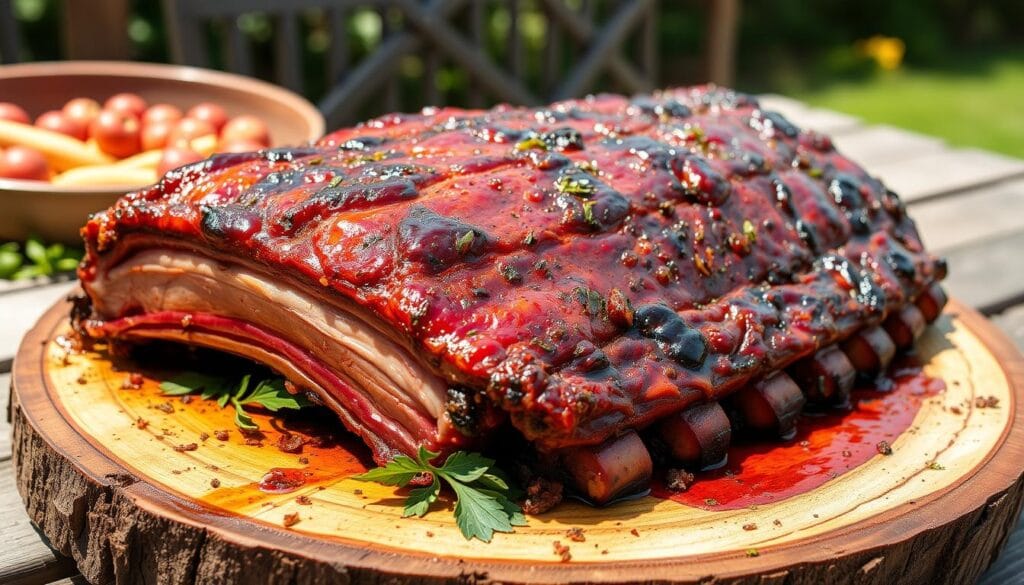
To elevate your grilled beef ribs, a great rub is essential. It should mix sweet, savory, and spicy tastes. For BBQ beef ribs, add cumin and chili powder for a smoky flavor.
Begin with brown sugar, smoked paprika, garlic powder, salt, and black pepper. Then, try different spices and herbs to make it your own. Consider paprika, cayenne pepper, dried oregano, and brown sugar.
- Paprika for a smoky flavor
- Cayenne pepper for an extra kick of heat
- Dried oregano for a hint of earthy flavor
- Brown sugar for a touch of sweetness
A great rub balances flavors so none dominate. Rub your grilled beef ribs before grilling or let it sit a few hours. For BBQ beef ribs, rub it in the last 10 minutes for a crust.
With these tips and ingredient trials, you’ll craft the perfect beef rib rub. It will elevate your grilled beef ribs and BBQ beef ribs to new heights.
Mastering the Art of Grilled Beef Ribs
To get tender and tasty smoked beef ribs, you need to know about temperature control, heat methods, and smoke. Keeping the temperature between 225°F and 250°F is key for perfect best beef ribs recipe.
There are two heat methods: direct and indirect. Direct heat is great for searing, while indirect is better for slow cooking. For smoked beef ribs, using wood chips or chunks adds a smoky taste. Try different woods like hickory or apple to find your favorite flavor.
Temperature Control Basics
Temperature control is vital for best beef ribs recipe. Use a thermometer to check the temperature and adjust the heat. Also, keep the lid closed to keep the temperature steady and avoid flare-ups.
Direct vs. Indirect Heat Methods
Direct heat is good for searing, while indirect is better for slow cooking. For smoked beef ribs, mix both methods for tender and tasty results.
Smoke Integration Techniques
Smoke integration is key for smoked beef ribs. Use wood chips or chunks for a smoky flavor. Here are some tips for smoke integration:
- Soak the wood chips or chunks in water for at least 30 minutes before using them.
- Place the wood chips or chunks in the smoker or grill, away from direct heat.
- Close the lid to allow the smoke to infuse into the meat.
By following these tips and techniques, you can master the art of grilled best beef ribs recipe. You’ll get tender, flavorful, and delicious results.
| Wood Type | Flavor Profile |
|---|---|
| Hickory | Strong, smoky flavor |
| Apple | Mild, fruity flavor |
Time and Temperature Guidelines
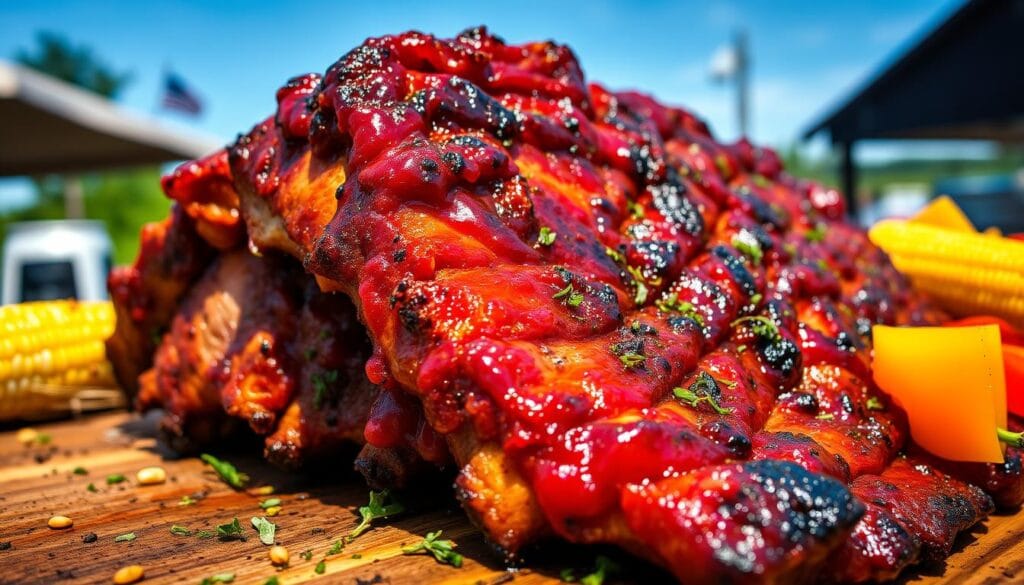
Learning how to grill beef ribs means knowing about time and temperature. To get tender ribs, cook them low and slow. The time needed varies based on the ribs and cooking method. Usually, beef ribs take 4 to 5 hours, with the last 10 to 15 minutes for glazing.
For perfect ribs, use a meat thermometer to check the inside. Beef ribs should reach at least 160°F. Here are some guidelines for cooking time and temperature:
- Cooking time: 4-5 hours
- Internal temperature: at least 160°F
- Glazing time: 10-15 minutes
To keep ribs moist and cook evenly, wrap them in foil. This method, along with the right cooking time and temperature, will give you delicious, tender ribs.
By following these tips and techniques, you can grill beef ribs like a pro. You’ll get tender and flavorful results every time.
| Cooking Method | Cooking Time | Internal Temperature |
|---|---|---|
| Grilling | 4-5 hours | at least 160°F |
| Oven roasting | 3-4 hours | at least 160°F |
The Secret to Tender and Juicy Beef Ribs
To get delicious beef ribs, focus on keeping them moist. Use wrapping techniques and let them rest properly. Brushing the ribs with juice or mop sauce helps keep them moist. This makes the meat tender and juicy, giving you savory beef ribs full of flavor.
Here are some tips for tender and juicy beef ribs:
- Wrap the ribs in foil during the last stages of cooking. This keeps moisture in and makes them tender.
- Let the ribs rest for 10 to 15 minutes after cooking. This lets the juices spread out, making the ribs even more tender and tasty.
By using these tips, you can make delicious beef ribs that will wow your guests. Always keep moisture in mind and use wrapping techniques for the best savory beef ribs.
| Technique | Description |
|---|---|
| Moisture Management | Regularly brushing the ribs with juice or a mop sauce to maintain moisture. |
| Wrapping Techniques | Wrapping the ribs in foil to retain moisture and promote tenderization. |
| Rest Period | Letting the ribs rest for 10 to 15 minutes after cooking to allow the juices to redistribute. |
Sauce Options and Glazing Techniques
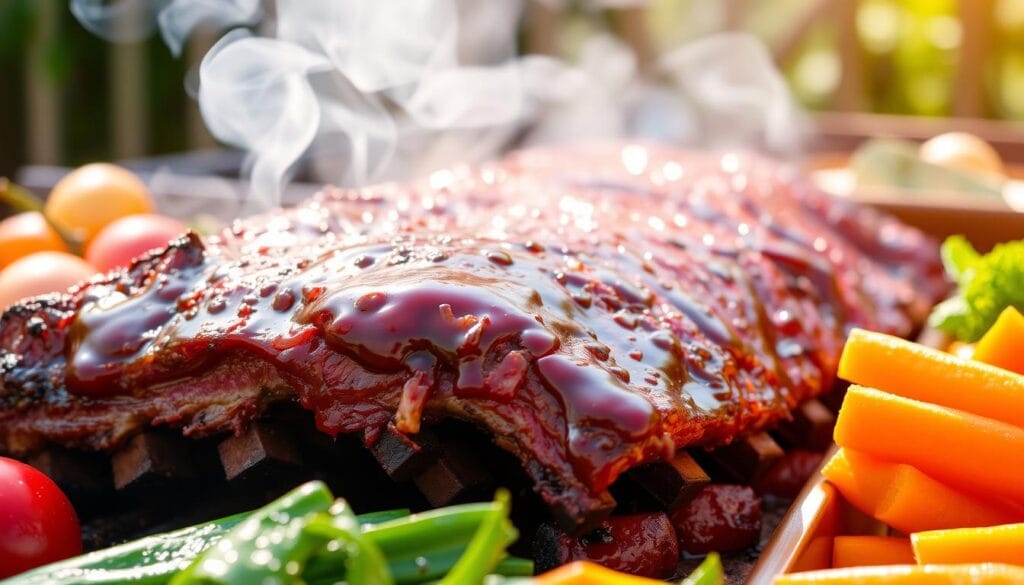
When it comes to grilled beef ribs, the sauce and glazing can make all the difference. Some like their ribs dry, while others enjoy a variety of sauces. These can range from classic barbecue to unique flavors like honey mustard or Asian-inspired glazes.
For marinated beef ribs, you can use the marinade as a base for your sauce. Add ingredients like ketchup, brown sugar, and spices to make a thick, flavorful glaze. The key is to apply it during the last 10 to 15 minutes of cooking. This lets it set and caramelize.
Some popular sauce options for grilled beef ribs include:
- Barbecue sauce
- Honey mustard
- Asian-inspired glazes
- Spicy BBQ sauce
To get the perfect glaze, apply it in the last 10 to 15 minutes of cooking. This way, the glaze sets and caramelizes. It creates a sweet and sticky texture that goes well with marinated beef ribs.
Common Grilling Mistakes to Avoid
Grilling BBQ beef ribs and smoked beef ribs can be tricky. Knowing common mistakes helps avoid ruining your dish. Understanding these errors is key to tender, flavorful ribs.
Common mistakes include temperature control errors and timing missteps. These can make ribs tough or undercooked. Also, seasoning mistakes can lead to bland ribs.
Temperature Control Errors
Keeping the heat right is vital. Use a thermometer to check the temperature. This ensures it’s perfect for grilling.
Timing Missteps
Timing is everything for grilling ribs. Cook them for the right time. A timer helps keep track.
Seasoning Mistakes
Seasoning is critical. Season ribs well and use various spices and herbs. This adds flavor.
Avoiding these mistakes leads to perfect ribs. Always check temperature, timing, and seasoning. This ensures a delicious dish.
| Mistake | Solution |
|---|---|
| Temperature control errors | Use a thermometer to monitor the heat |
| Timing missteps | Use a timer to keep track of the cooking time |
| Seasoning mistakes | Season the ribs generously with a variety of spices and herbs |
Side Dishes That Complement Your Grilled Beef Ribs
When you serve delicious beef ribs, the right sides make a big difference. You want flavors and textures that match the grilled beef ribs but don’t take over.
Classic choices that go well with grilled beef ribs include:
- Coleslaw: a creamy coleslaw with a hint of vinegar helps cut the richness of the ribs
- Baked beans: sweet and smoky, baked beans are a traditional pairing for grilled beef ribs
- Grilled vegetables: grilled vegetables like asparagus, bell peppers, or zucchini add a pop of color and freshness to the dish
For a cozy meal, try sides like mac and cheese, potato salad, or corn on the cob. These options make the meal complete and add to the joy of eating grilled beef ribs.
Choosing the right side dishes is all about matching flavors and textures with your delicious beef ribs. With a bit of creativity, you can make a meal that everyone will love.
| Side Dish | Description |
|---|---|
| Coleslaw | Creamy coleslaw with a hint of vinegar |
| Baked Beans | Sweet and smoky beans |
| Grilled Vegetables | Grilled asparagus, bell peppers, or zucchini |
Storage and Reheating Tips
To keep your tender beef ribs fresh, it’s important to store and reheat them right. After cooking, you can store leftovers in the fridge or freezer. This helps keep their quality.
Proper Storage Methods
For short-term storage, wrap the ribs in plastic wrap or foil and refrigerate. This keeps them fresh for days. For longer storage, freeze the ribs whole or in portions. This preserves their quality.
Reheating Without Drying
When reheating, use low heat and add moisture like barbecue sauce or broth. This prevents the ribs from drying out. You can also wrap them in foil and reheat in the oven. This keeps them tender and juicy.
Freezing Guidelines
Freezing is great for storing tender beef ribs for a long time. Wrap them tightly in plastic or foil and put them in a freezer-safe bag. To reheat, thaw them in the fridge overnight and then reheat as you like.
By following these tips, you can enjoy your tender beef ribs for longer. Whether it’s a quick snack or for your next cookout, they’ll be delicious.
Adapting Your Grilled Beef Ribs for Different Seasons
Exploring grilled beef ribs shows you can enjoy them all year. By changing your recipe with the seasons, your meals stay exciting and tasty. For spring, try adding citrus and herbs to your grilled beef ribs.
In summer, go for classic BBQ beef ribs tastes at outdoor gatherings. Fall brings richer flavors like cinnamon and nutmeg. Winter is for hearty tastes, like smoked paprika and chili powder.
Here are some ideas for adapting your grilled beef ribs to different seasons:
- Spring: Add citrus and herbs like lemon, orange, or rosemary to your recipe.
- Summer: Stick to classic BBQ beef ribs flavors like tomato-based sauces and spices.
- Fall: Incorporate warmer spices like cinnamon, nutmeg, or allspice into your recipe.
- Winter: Use hearty, comforting flavors like smoked paprika, chili powder, or garlic to make your grilled beef ribs a cozy treat.
Adapting your grilled beef ribs recipe keeps your meals fresh and tasty. Whether you’re grilling BBQ beef ribs or smoked ribs, the fun is in trying new flavors and ingredients.
| Season | Flavor Profile | Ingredients |
|---|---|---|
| Spring | Lighter, fresher | Citrus, herbs, lemon, orange, rosemary |
| Summer | Classic BBQ | Tomato-based sauces, spices, garlic, paprika |
| Fall | Richer, warmer | Cinnamon, nutmeg, allspice, smoked paprika |
| Winter | Hearty, comforting | Smoked paprika, chili powder, garlic, onion |
Conclusion
Grilling the perfect beef ribs is an art that needs focus and practice. You now know how to pick the right rib cuts, use the best equipment, and master key techniques. This knowledge will help you make the best beef ribs recipe that will wow your family and friends.
The path to delicious grilled beef ribs is just as fulfilling as the taste itself. Even if your first tries don’t hit the mark, keep trying. With each attempt, you’ll get better at grilling beef ribs like a pro. Enjoy the journey, try new rubs and sauces, and relish the tasty results.
Keep exploring the world of grilling, always eager to learn more. The art of grilled beef ribs is a journey that never ends. The more you dive into it, the more you’ll impress your loved ones with your cooking skills. Bon appétit!
